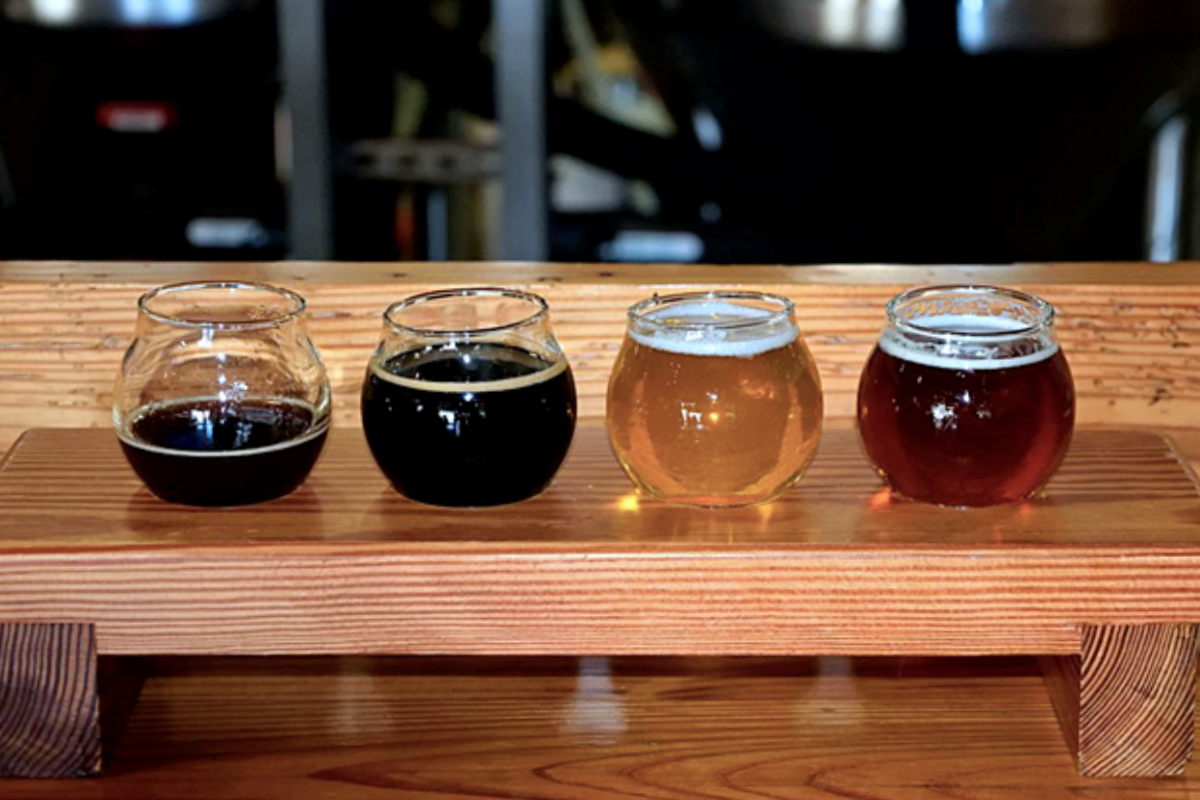
A recent study found and published on Analytics Insight revealed that data can provide valuable insight into what’s happening in the world of craft beer, mainly through four different references: Consumer habits, IPA losing traction, technology and the emergence of Belgium Ales.
IPA Is Losing Traction
One style of brew that has always dominated is the IPA. However, it seems that the popularity of IPAs might be starting to drop. Many beer drinkers are beginning to find the taste of hops overwhelming, and are instead opting for maltier, more balanced styles of beer. As a result, some breweries are starting to focus on producing other types of beer, and the once-dominant IPA might soon be relegated to a niche market.
Crowds Are Becoming Health Conscious
It is no secret that the shift in drinking beer has gone towards the more health-conscious side; from low-to-no-cal beers and seltzers and everything else in between.
As a result, many breweries are now offering healthier alternatives to traditional craft beer, such as kombucha and CBD-infused drinks. As a result of this trend, breweries are seeing an uptick in sales, as health-conscious consumers are increasingly interested in trying new types of craft beer.
Technology
The brewing industry never really relied on technology to brew, but now, data-driven solutions allow brewers to control every aspect of the process, from mash temperature to yeast strain. As a result, craft beer lovers can enjoy a wider variety of flavours than ever before.
This data has helped optimize the brewing process and ensure a consistent product. As a result, craft breweries are able to produce beer that is of the highest quality and consistency. And thanks to these new fermentation monitoring systems, they can do so with less waste and fewer resources. These trends are captured on Untappd’s blog and shed light on the future of craft beers.
The Belgian Emergence
These craft beers are more flavorful and complex than the mass-produced varieties, and they are quickly gaining popularity all over the world, including in the US and Australia.
